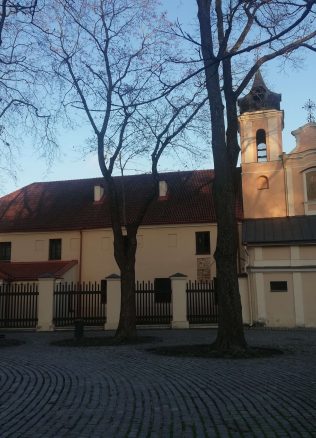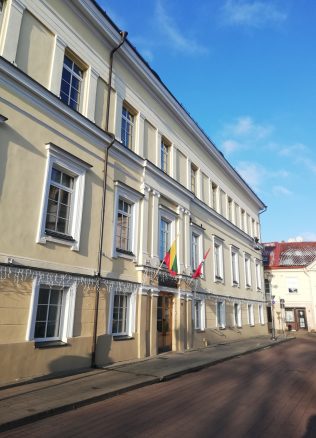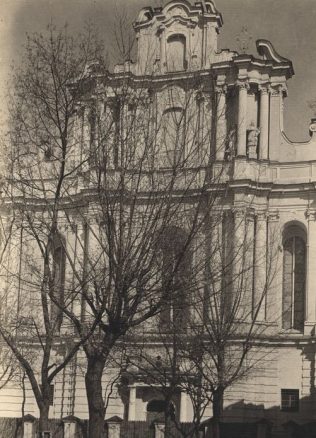Vilnius Cathedral
The exact date when the first church was built is unknown. Some archeologists think that the first church was constructed by King Mindaugas for his baptism and coronation. Others associate this church with Franciscans church mentioned in Grand duke’s Gediminas letters. However, without a doubt, we can say that the church already stood before the beginning of Christianization of Lithuania (1387) built by Władysław II Jagiełło.
In 1419, Jagiełło’s cathedral church burned to the ground. Grand Duke Vytautas the Great rebuilt a more massive, hall-type, Gothic cathedral, built on the example of Frombork church. Vytautas the Great planned to receive a crown and become a king of Lithuania in this sanctuary. However, his death and various circumstances that postponed the coronation, his plans were not destined to come true.
Vytautas the Great was the first ruler that was buried at the Cathedral. During the 15th and 16th centuries, the Vilnius cathedral became a place of eternal rest for many rulers, dukes, bishops, and nobles’. In 1506, King of Poland and Grand duke of Lithuania Alexander Jagiellon, and later wives of Sigismund II Augustus – Elizabeth of Austria and Barbara Radziwiłł were buried here.
The driving force for cathedral reconstructions was various disasters. The cathedral was struck by fire in 1530. In 1534 the reconstruction works began, which took about 25 years. The rebuilt basilica gained a Renaissance architecture look. After the fire of 1610, the church was rebuilt in Baroque style, and two towers appeared on its façade.
In the middle of the 18th century, a famous architect Johann Christoph Glaubitz reconstructed the Cathedral. On September 2, 1769, a storm raging in Vilnius destroyed a corner tower of the Cathedral, which in turn broke through the vaults of the adjoining Chapel of the Blessed Mary. The falling vaults killed six priests. In 1781 Laurynas Gucevičius prepared the project, which gave the Cathedral its current look. The works began in 1783 and were completed in 1801.
Learn more about how the Cathedral gained its Classical look by clicking this link.
Address: Šventaragio St. 1



